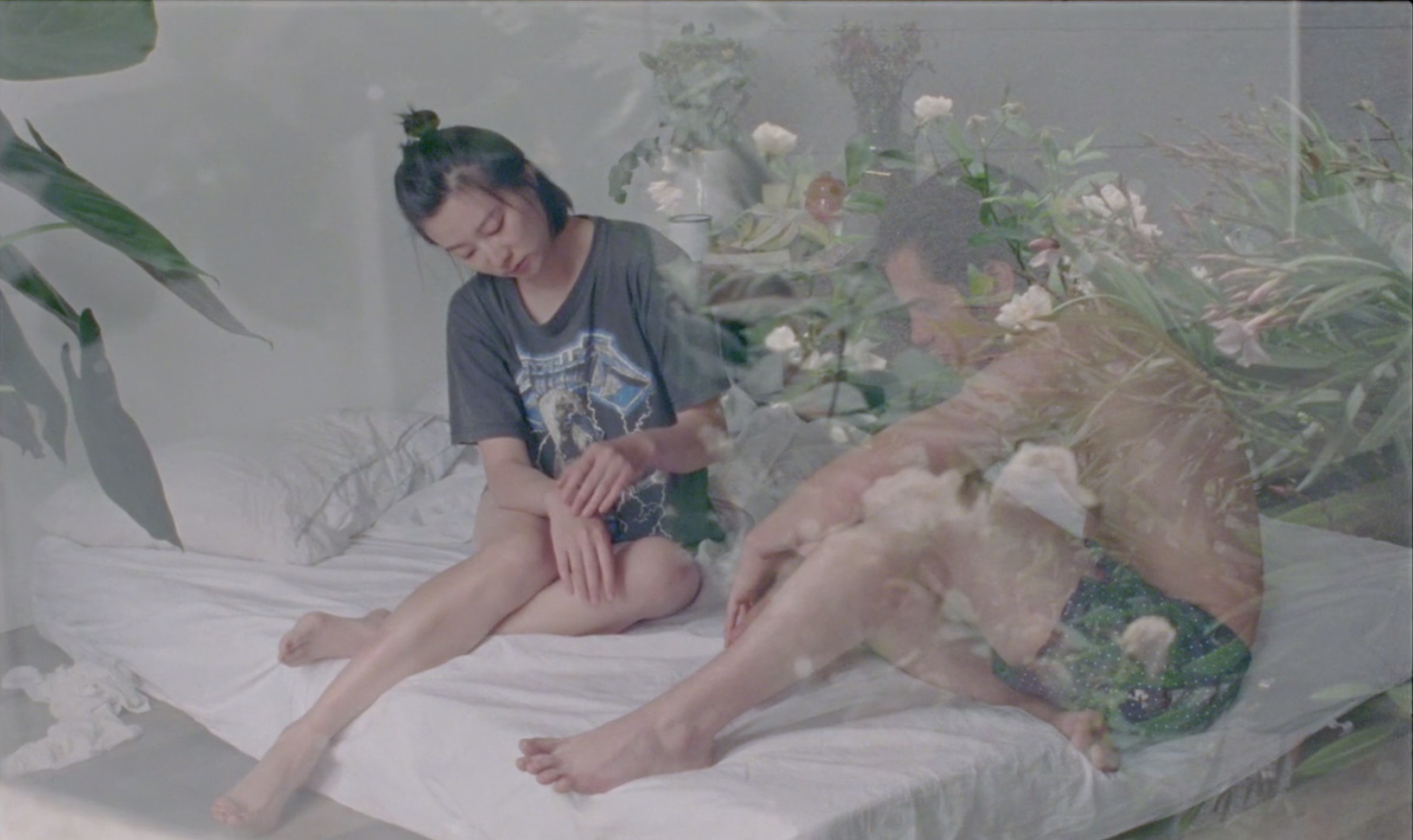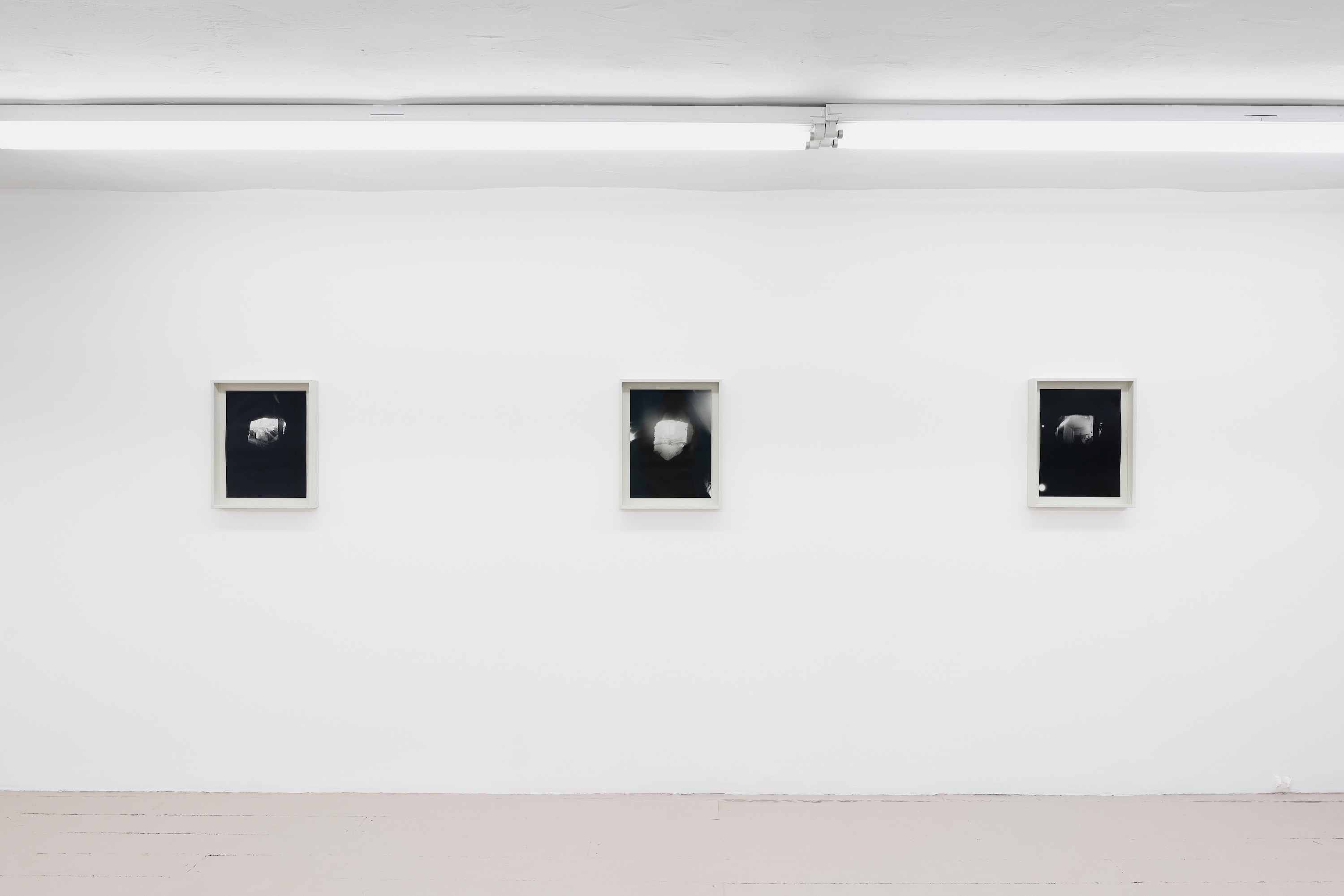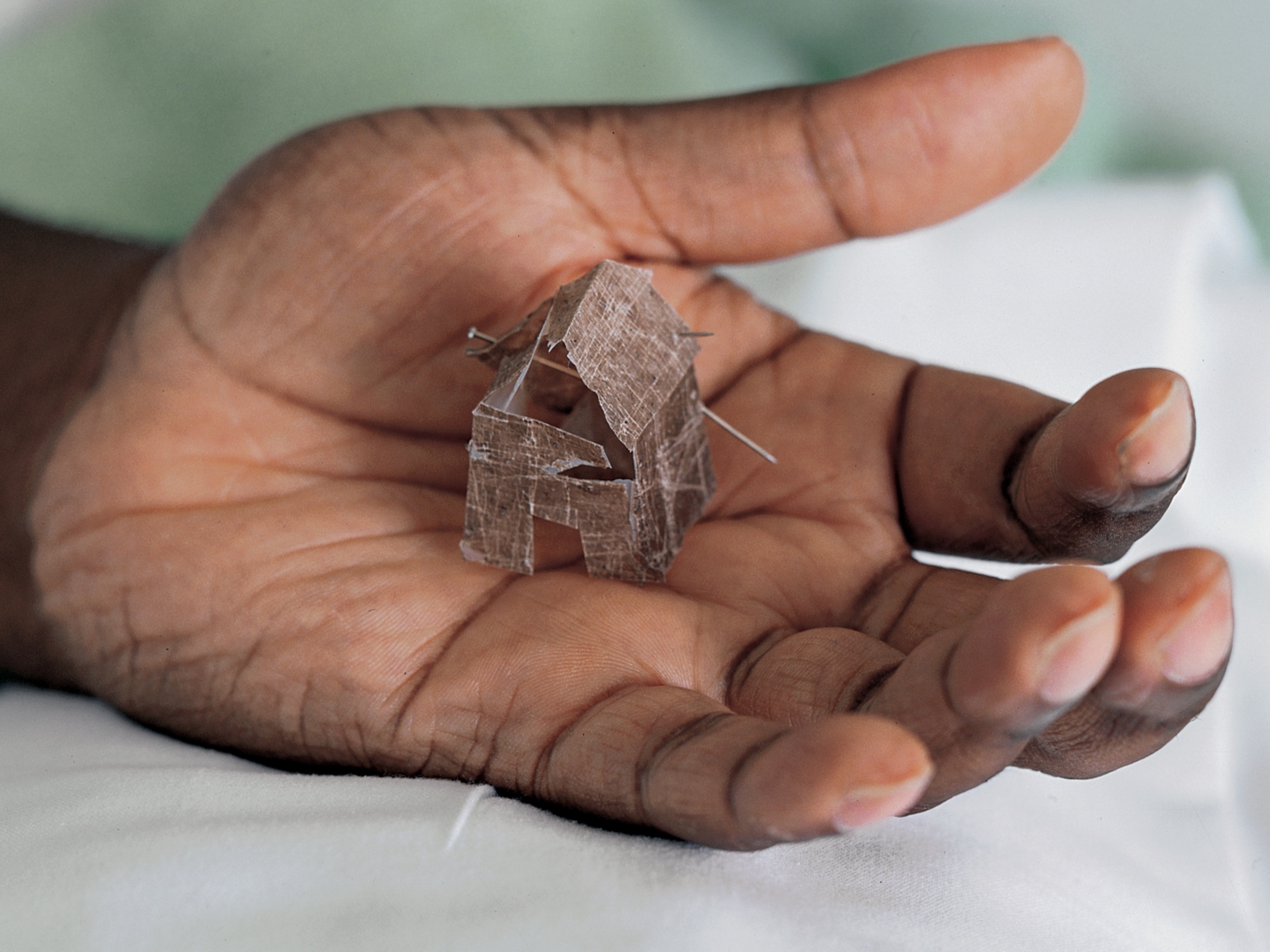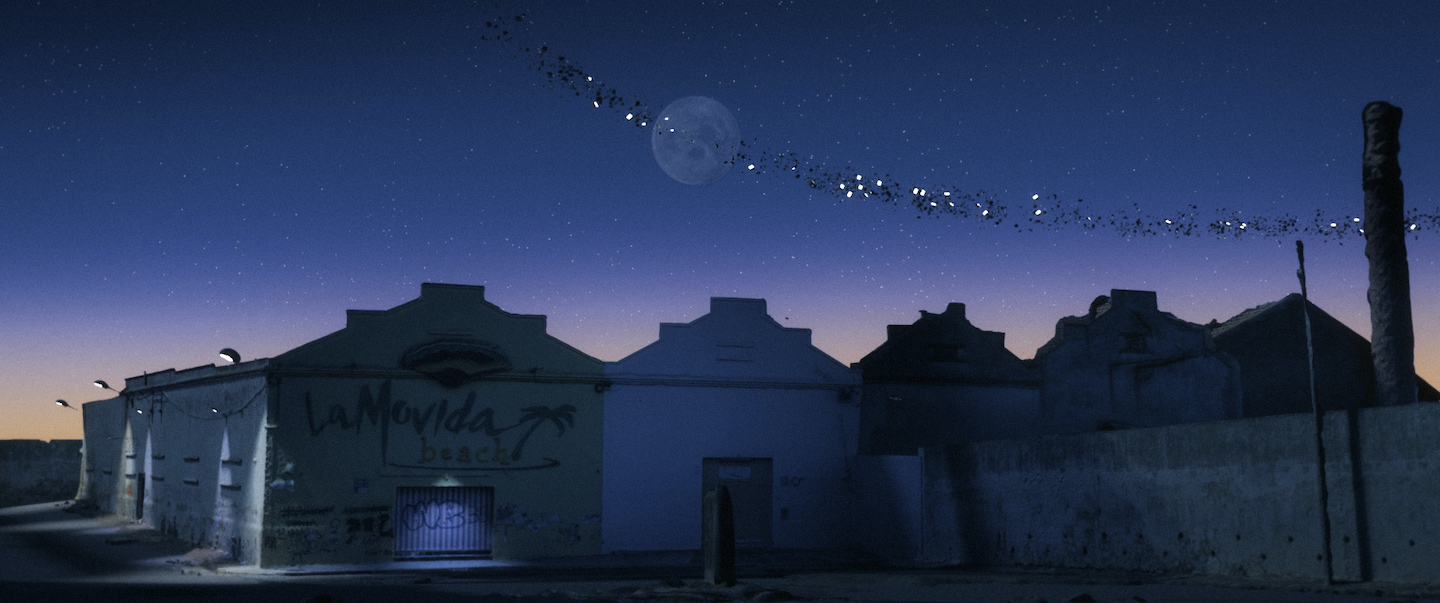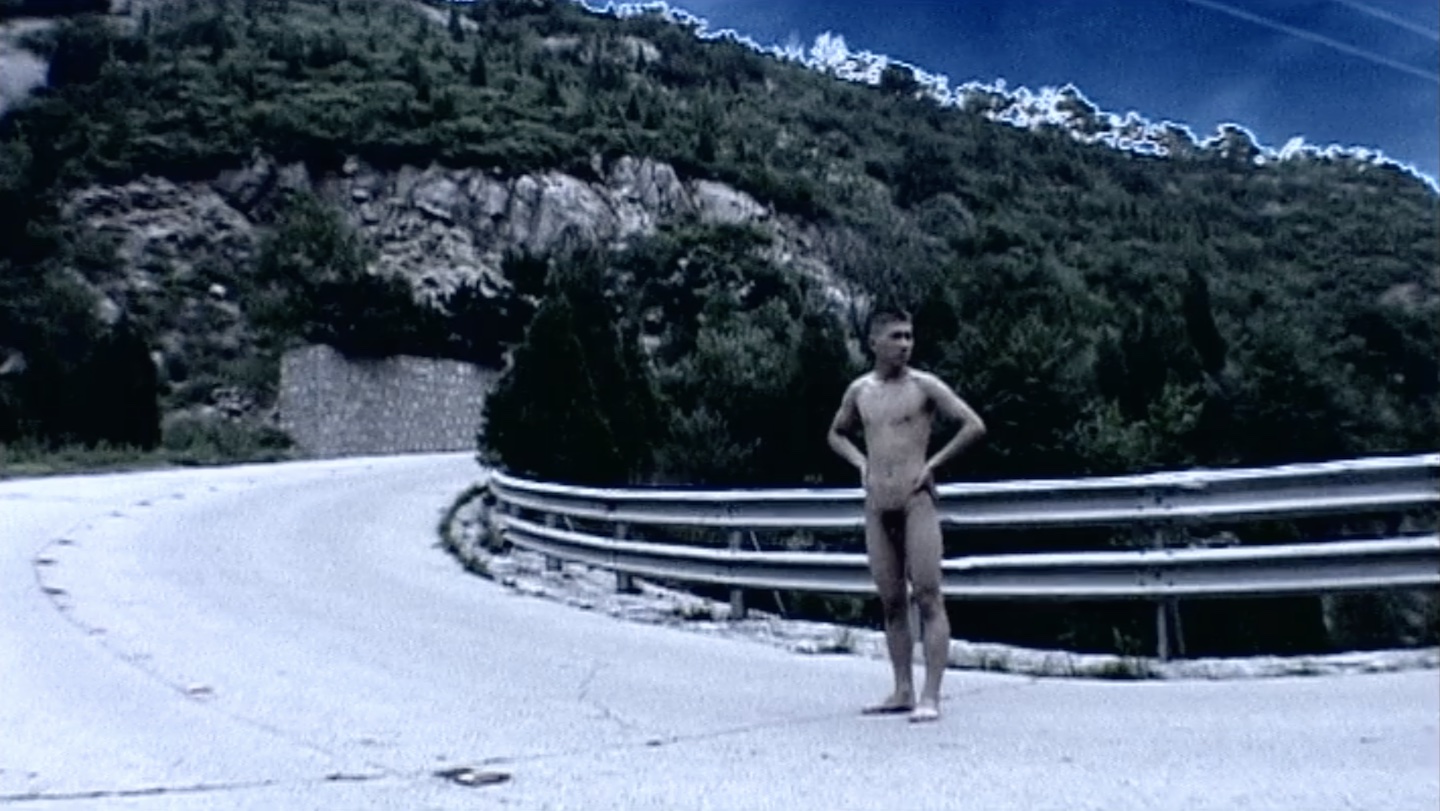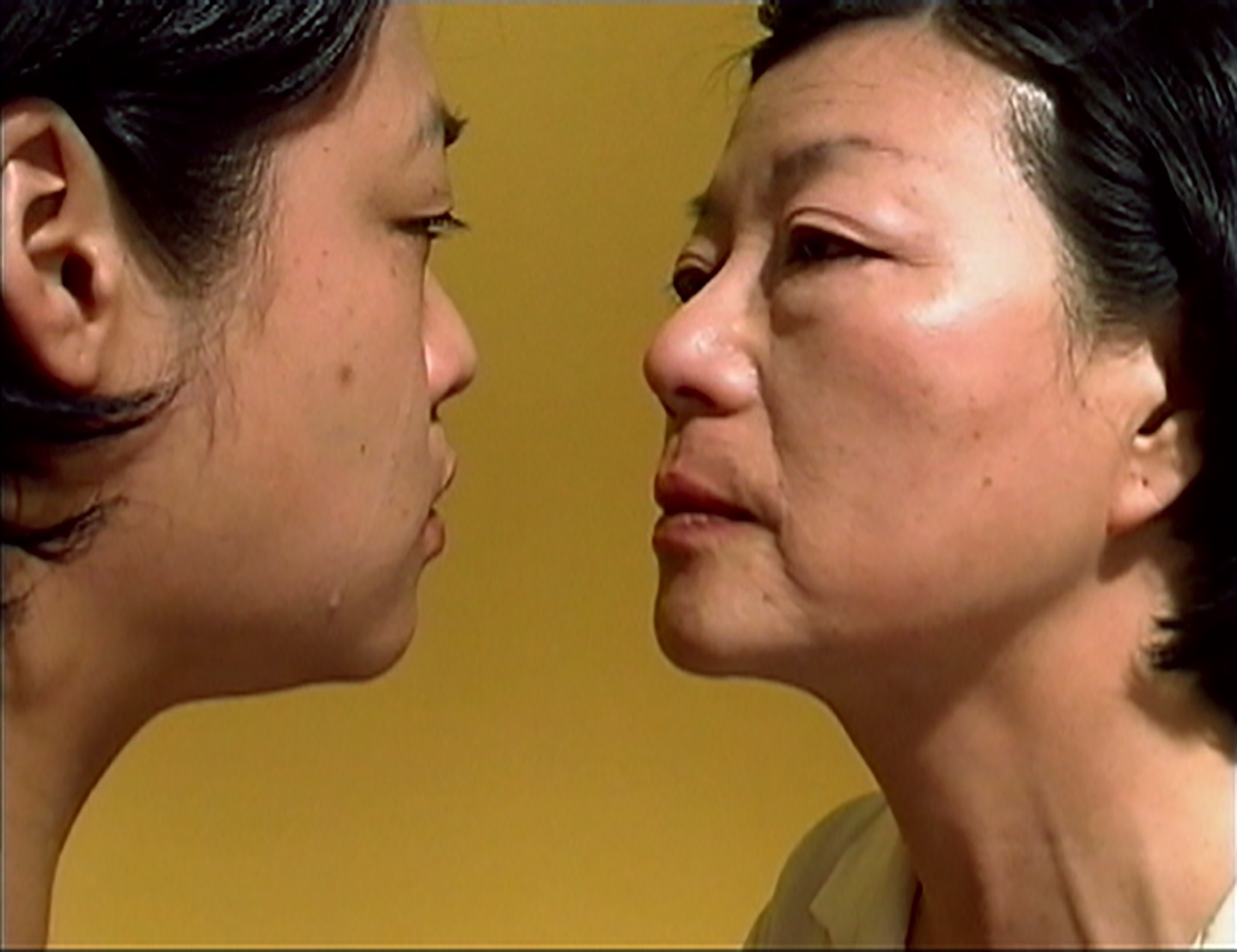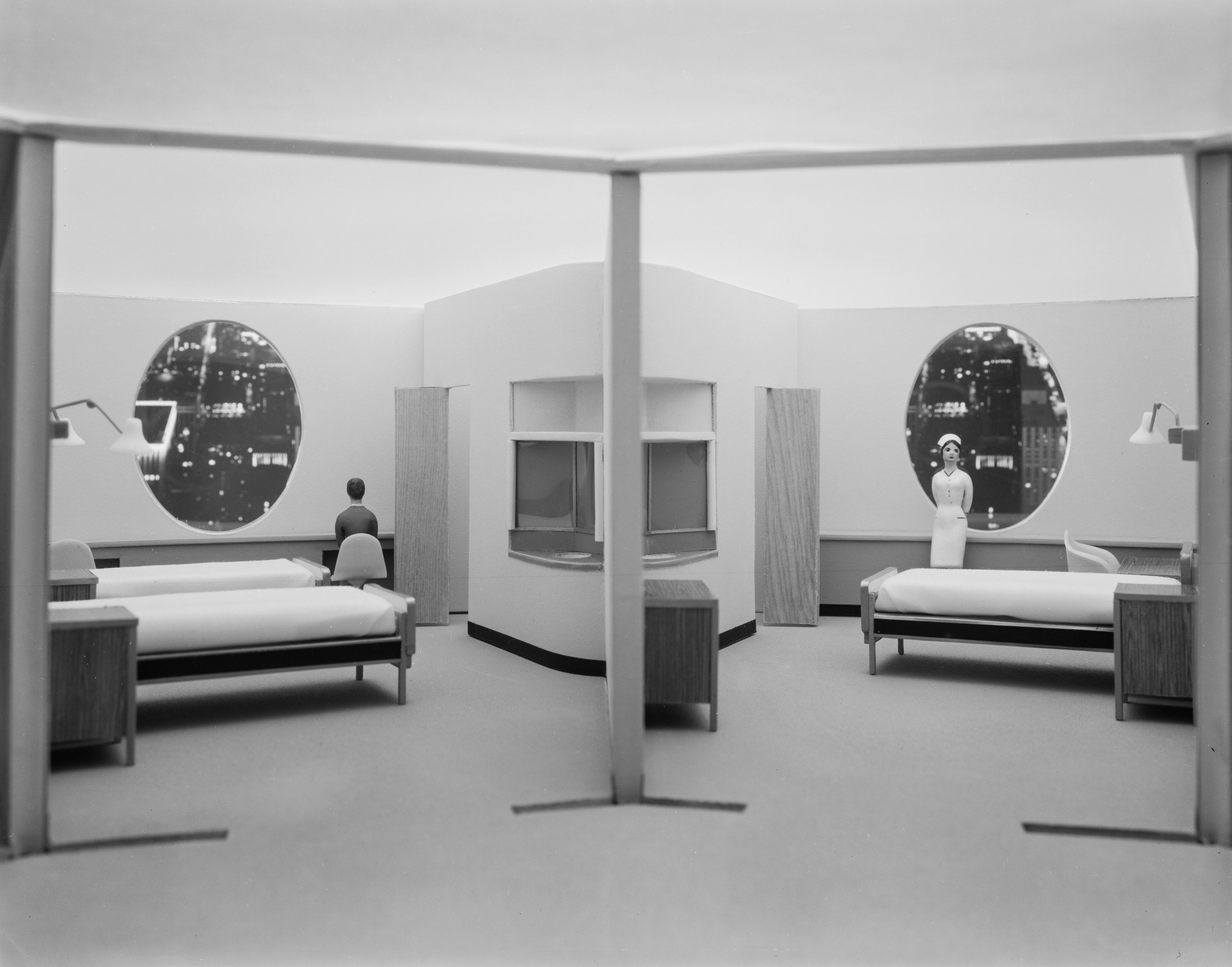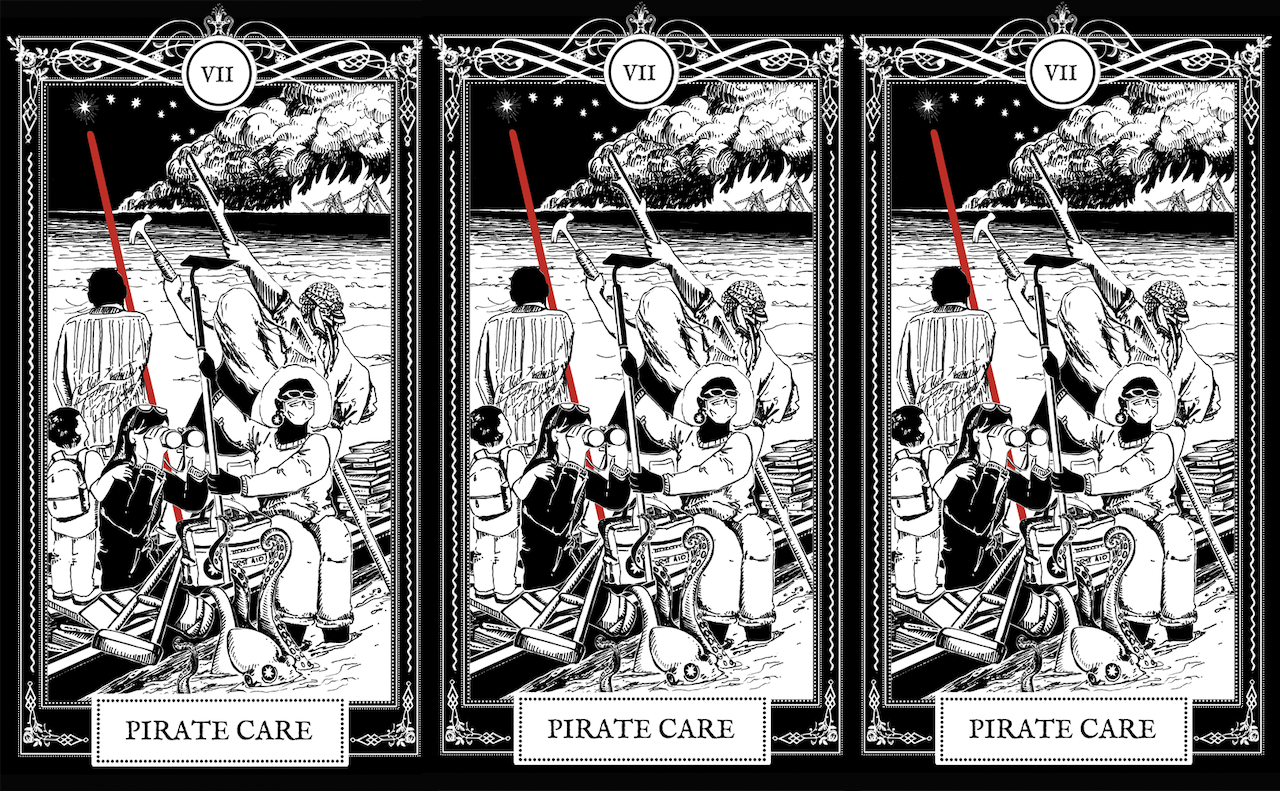Meta is a collaboration between art-agenda and TextWork, editorial platform of the Fondation Pernod Ricard, in which writers reflect on the experience of writing about art. Here, Andrew Berardini expands on his monographic essay on Mélanie Matranga’s work “A Worn T-Shirt and Expressions of the Inexpressible.”
Flowers, if described with phrases that define them in the air of the imagination, will have colors with a durability not found in cellular life. What moves lives. What is said endures.
—Fernando Pessoa, The Book of Disquiet (1982)
I don’t know why anyone makes art or writes about it really, the depthless mystery of this is probably why I do it.
I do know that I can only survive because I can tell you about the purple thistle nestled in the vase of flowers on my table. I’ve touched it many times today, enshrouded in gray-green eucalyptus leaves and daisies bursting with yellow and small white flowers with silky petals. Stiff but still almost insistently soft, the purple thistle looks almost dangerous, with rows upon rows of menacing spikes, its color a shimmer of electricity like the dance of snapped power lines in a cool mist. Once touched, these multiple points (called bracts by botanists) create a delicious sensation on the skin and that color, held close, is a Prince song made floral. In its brief delicacy, the purple thistle and the bouquet it came in carry compassion, a thing given and received out of love. And while I hold it, a hummingbird outside the window just bumped into the screen and dashed away with a flurry of iridescent feathers through smoky air and raining ash from the hills burning with wildfire above Los Angeles.
This thistle, this room, that hummingbird, those fires, this hand will only ever happen once, a singular moment in the infinite curve of time and space. If it endures at all, it is because I am telling you about it. Within this flower lives the narrow possibility of overcoming the boundaries of being.
By writing about this one purple thistle, I’m attempting to slip past the intractable physical limits of individual consciousness, to break a slit in the prison of this singular experience and reach out to you. I attempt this because others have done this for me, even in this bouquet. They have taught me to carry others’ pain and joy as my own, to see the world not as a single flickering greedy life, but billions of lives, each precious, deep, and complex. I want to try and cut a window into your prison cell, too, so that you might hold this thistle.
When I stumbled into art, I found artists who were letting me see what they see, feel what they feel, the texture of their thoughts and the quiver of their souls. Writing and making art are such small things to many, luxuries of the idle rich or self-indulgence for narcissists, and maybe for some this might be true, but I find through art the only way that I think I can survive, that we might all survive. Every artist I’ve ever written about has found a way to reach across the divide that separates us. And writing lets me reach back.
In the spring of 2018, I met Mélanie Matranga in France to write about her work. I arrived in Paris broken by illness. I arrived in Paris having just broken up with someone I love because I was too sick. I arrived in Paris looking to Mélanie for what I look to from all artists, a reason to persist, if only because I lived another day to see what they had made. I felt in Mélanie’s kindness and generosity, and most importantly her work, a wisdom, the kind you can only get when you’ve been sick and heartbroken and set out into art and life to find some answers. I gazed into Mélanie’s work and I looked deeply into myself to see what it made me think, how it made me feel. Heartsickness slows you down, disease knocks you the fuck out. It took me ages to find the words in my illness, deadlines passed and I could not lift my head to make excuses. I suffered and survived if only to write again, to write to you about Mélanie’s work, to pass on the beauty and magic and pain and wisdom of it as best I could. I wanted you to feel my heartbreak and pain and joy and pleasure in the moment when I found communion with her work.
To reach out, I have to use the right words. As I wrote in my essay for Mélanie, words will always fail, but they can get us close. Close enough to feel another heart beating against our own. To flatly describe numb sensations, broad abstractions hide behind second-hand truths. Bad writing tries to impress you, or trick you, or get its author a cushy job. Bad writing fills empty space with empty words because capitalism needs content. All of these fail to reach anyone. I don’t want to tell you about any artist’s work, I want you to feel it as I feel it—like a song, like the wind, like a caress, like a slap, like a sliver of moonlight through a narrow window when you cannot sleep. I want to summon the fragments of feeling and sensation around me, from the art I see and the life I’ve lived and have you feel them too.
Artists helped me escape the lonely horror of being the center of my own tiny universe, they helped me feel their pain, their joy, the preciousness of their unique moments in the infinite curve of time and space. An expression of the inexpressible perhaps, but through it we are both made less alone.
If I am incapable of seeing and feeling what others experience, then all that matters is my pain, my pleasure, my hunger, and I would destroy the world and everyone in it to ease my own hardship and satisfy my own desires. If we fail to connect with others, with those humans, creatures, and plants that surround us, if we fail to see outside of our own singular selves, we are all doomed.
A year and a half ago I went to Paris with a broken body and a broken heart. My body is recovering its strength, my heart is full. The purple thistle in the bouquet on my table came from the lover I left before I met Mélanie in Paris, a gesture of friendship, forgiveness, and healing.
I may still fail to reach you. But as the world outside burns, here is my hand anyway, holding a purple thistle for you.
